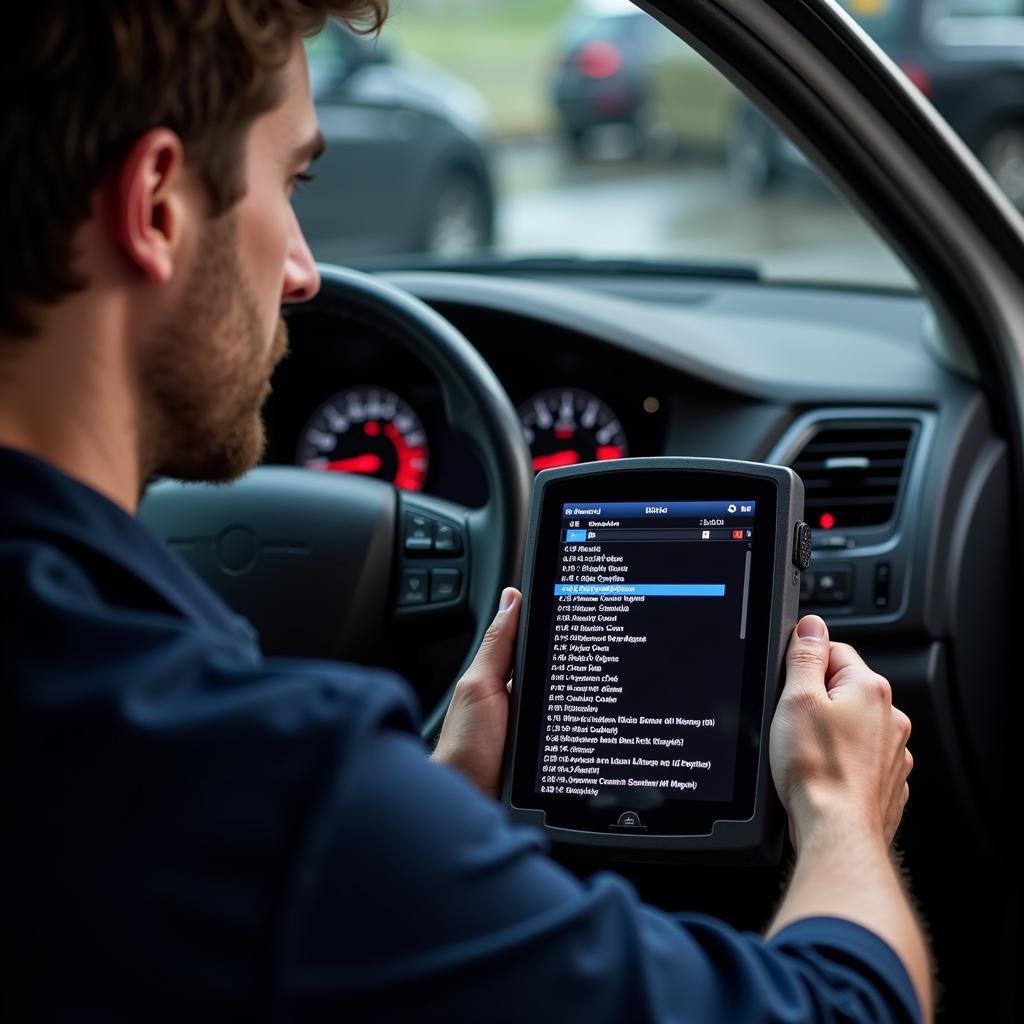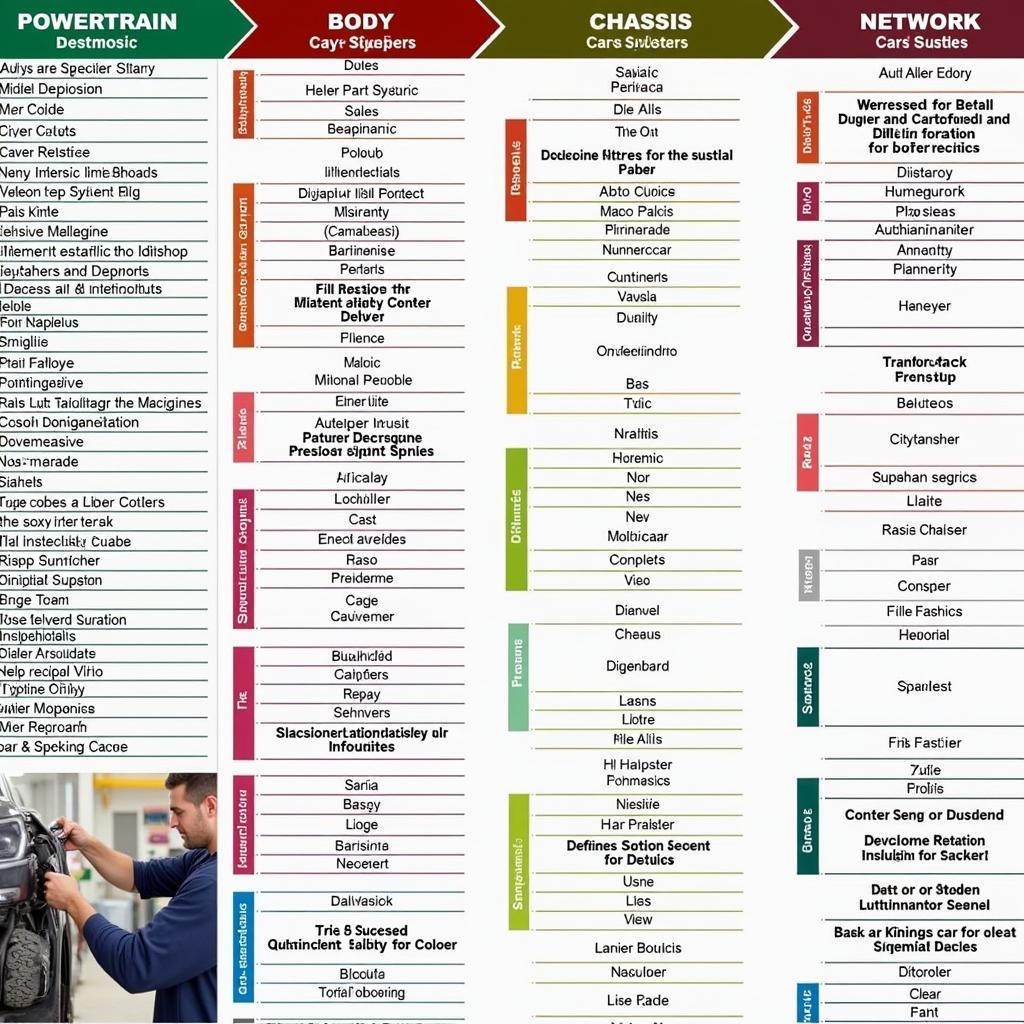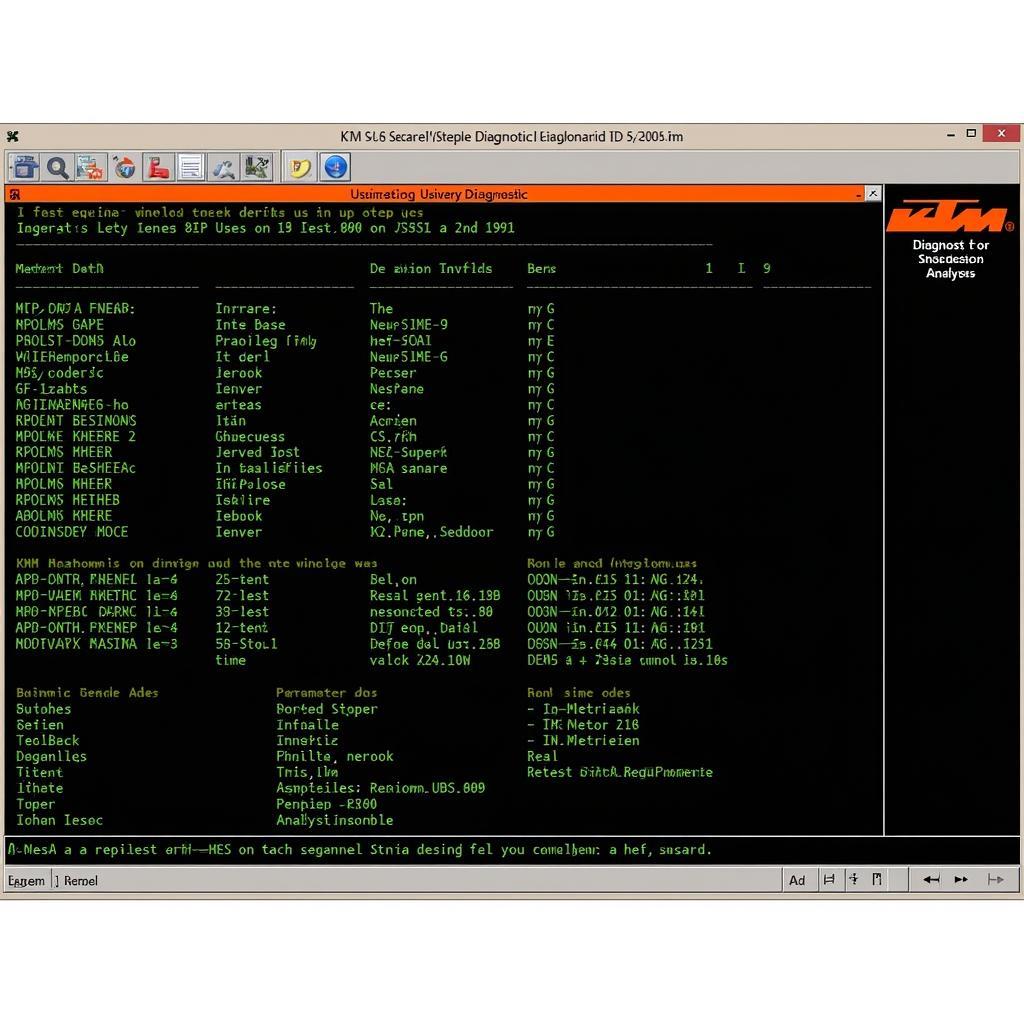Similar to the autocom diagnostic tool, OBD scanners help professionals and DIYers alike diagnose car troubles. OBD codes, often represented by a combination of letters and numbers, point towards specific malfunctions within the vehicle’s systems. Learning to decipher these codes can save you time and money, empowering you to address issues proactively.
Understanding OBD 1 & OBD 2 Systems
Before diving into codes, let’s differentiate between OBD 1 and OBD 2. OBD 1, or On-Board Diagnostics generation one, was an early system with limited capabilities. It typically used manufacturer-specific connectors and protocols, making it challenging to diagnose issues across different car makes. OBD 2, introduced in 1996 in the United States, standardized the diagnostic process. It uses a universal 16-pin connector and standardized communication protocols, enabling a single scan tool to work on almost any vehicle made after 1996.
What is the difference between OBD1 and OBD2? OBD1 is manufacturer-specific, while OBD2 is standardized across most vehicles.
How to Use an OBD 1 & 2 Engine Diagnostic Scan Tool
Using an OBD 2 scan tool is relatively straightforward. First, locate the OBD 2 port, typically under the dashboard on the driver’s side. Plug the scan tool into the port and turn on the vehicle’s ignition, but don’t start the engine. The scan tool will power on and communicate with the vehicle’s computer. Select the “read codes” option, and the tool will display any stored trouble codes.
How do you read codes with a scanner? Plug the scanner into the OBD port, turn on the ignition, and select “read codes”.
 Using an OBD2 Scanner to Diagnose Car Problems
Using an OBD2 Scanner to Diagnose Car Problems
Decoding OBD 1 & 2 Engine Diagnostic Scan Tool Codes
OBD codes are structured with a letter followed by four digits. The letter signifies the system affected (P for powertrain, B for body, C for chassis, U for network). The first digit indicates whether the code is generic (0) or manufacturer-specific (1). The remaining digits pinpoint the specific problem area. For instance, P0302 signifies a misfire in cylinder 2.
What does P0302 mean? This code indicates a misfire detected in cylinder number 2.
Just like with the canobd2 diagnostic tool 3020, interpreting OBD codes requires a reliable resource. While the code structure provides a starting point, it’s crucial to consult a comprehensive OBD code database to fully understand the meaning and potential causes of each code. These resources often provide step-by-step diagnostic procedures.
 OBD Code Chart for Engine Diagnostics
OBD Code Chart for Engine Diagnostics
Common OBD 1 & 2 Codes and Their Meanings
Some common OBD 2 codes include P0420 (catalyst system efficiency below threshold), P0171 (system too lean bank 1), and P0300 (random/multiple cylinder misfire). Understanding these codes can help you diagnose issues ranging from emissions problems to engine performance issues. For example, P0420 could indicate a failing catalytic converter, while P0171 might point towards a vacuum leak or a faulty oxygen sensor.
Are there free OBD software options? Yes, the best free diagnostic tool for pc can be a valuable resource.
Advanced Diagnostic Techniques with OBD 1 & 2 Scan Tools
Beyond simply reading codes, some advanced OBD 2 scan tools offer features like live data streaming, which allows you to monitor sensor readings in real-time. This can be incredibly useful for diagnosing intermittent problems. Some tools also allow you to perform bi-directional control tests, enabling you to activate components like fuel injectors or solenoids to test their functionality.
How can I use a diagnostic tool effectively? Learning how to use diagnostic tool for car involves understanding the interface and features.
Conclusion
Mastering OBD 1 & 2 engine diagnostic scan tool codes is essential for anyone working with vehicles. From basic code reading to advanced diagnostics, understanding these codes can empower you to troubleshoot and repair automotive problems effectively. If you need assistance with choosing the right scan tool or interpreting OBD codes, connect with us at ScanToolUS. Our team of experts is ready to help. You can reach us at +1 (641) 206-8880 or visit our office at 1615 S Laramie Ave, Cicero, IL 60804, USA.
The smarthq service diagnostic tool is another valuable resource for professionals.


